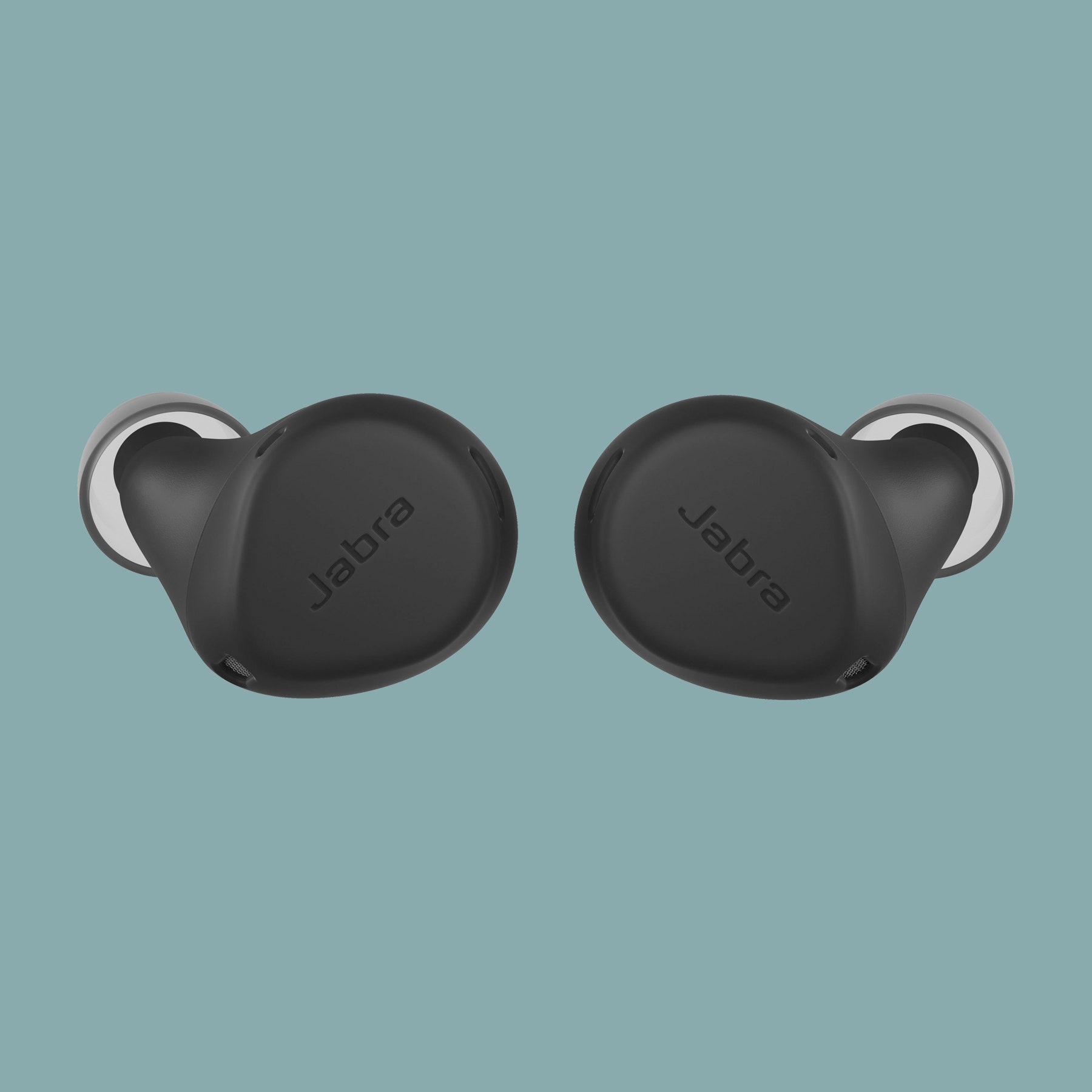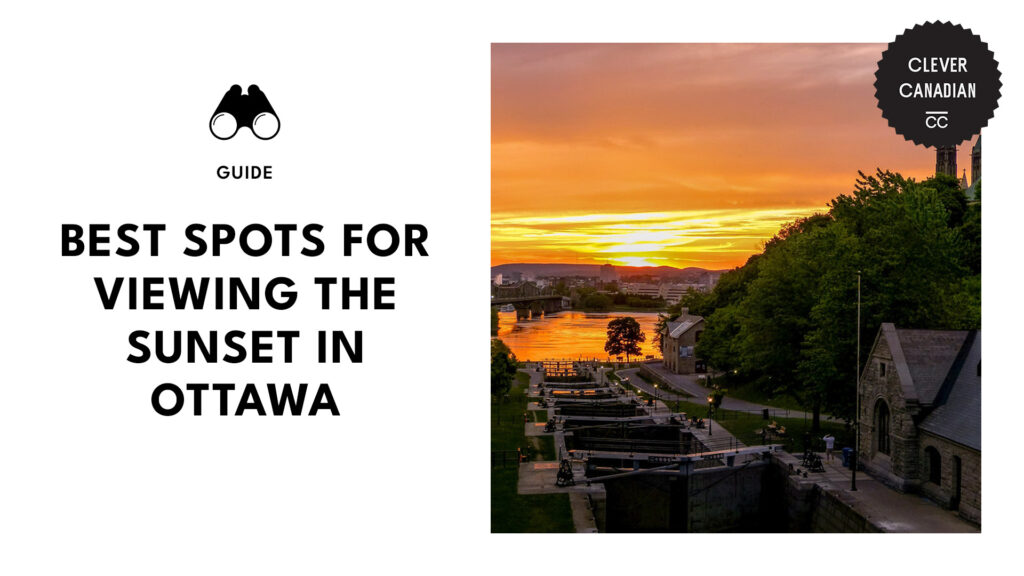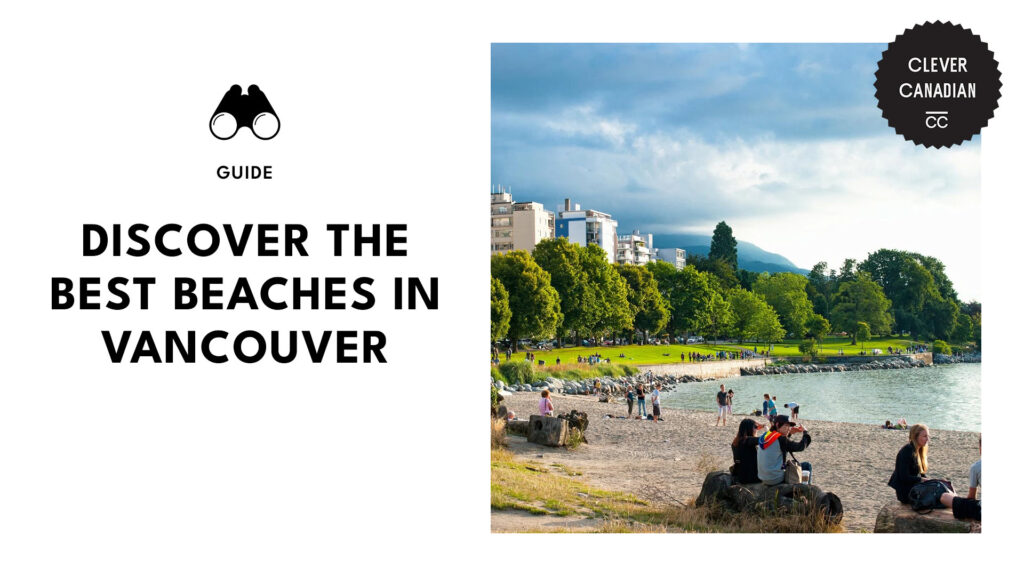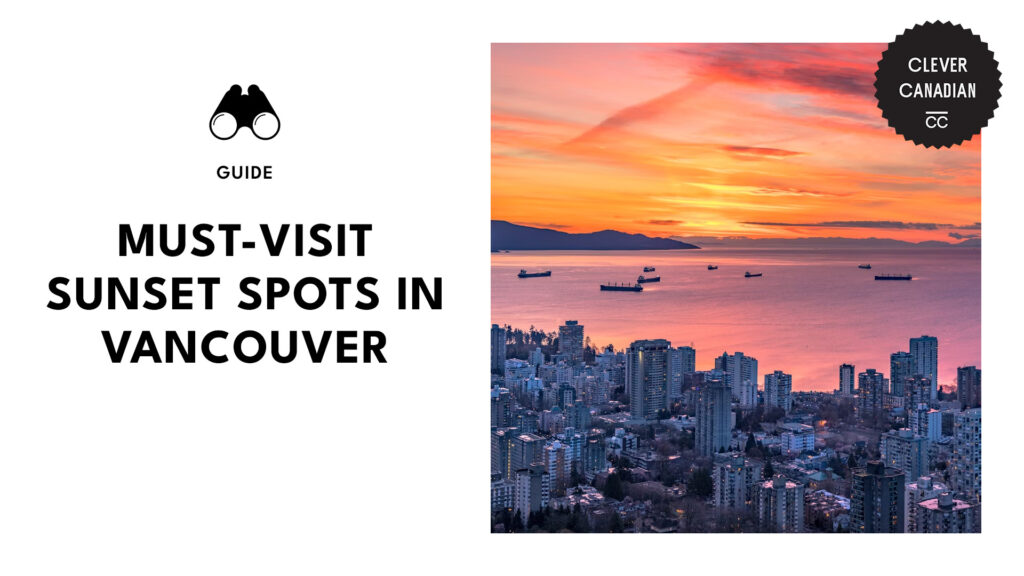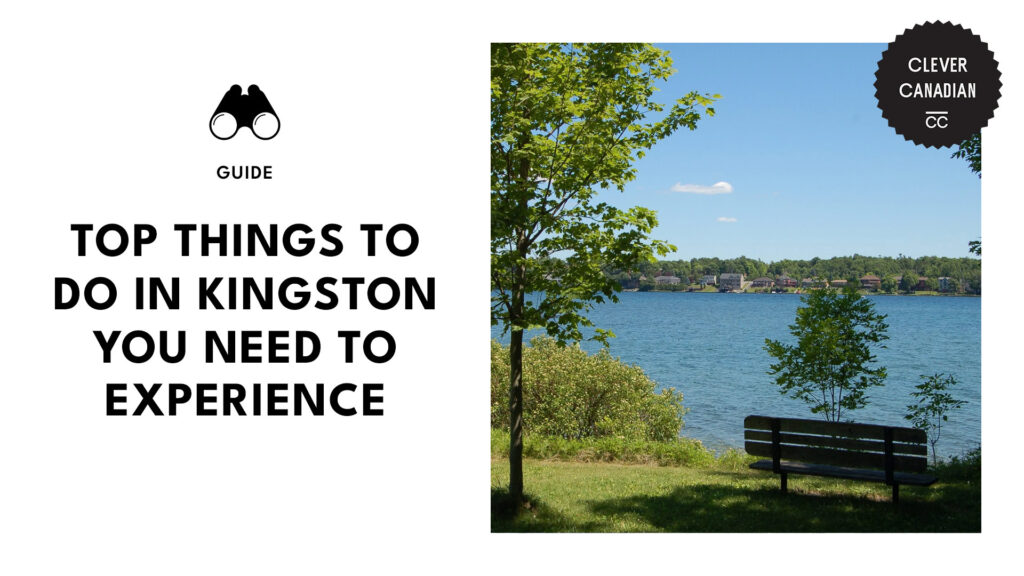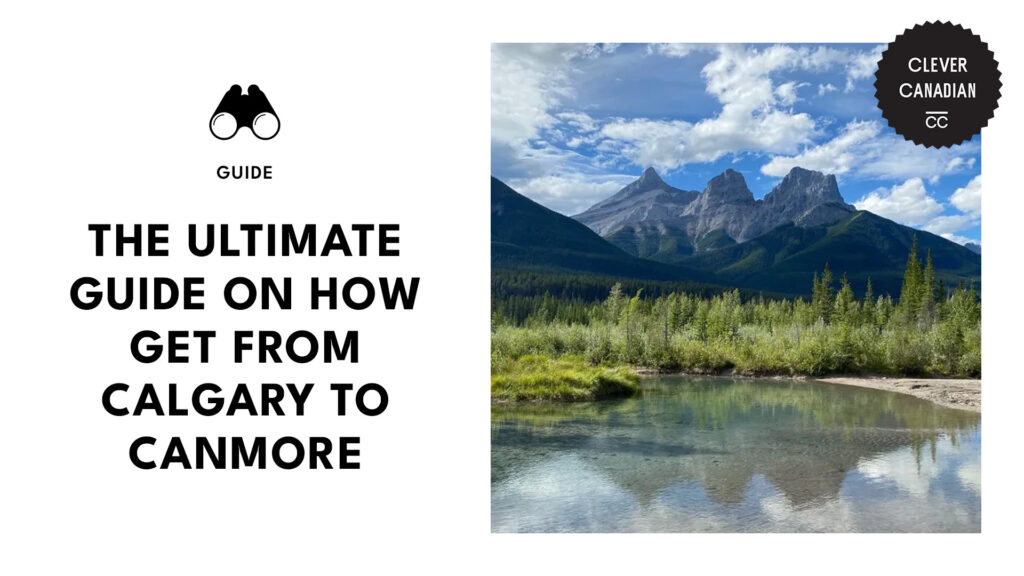Categories > Guides and Tips
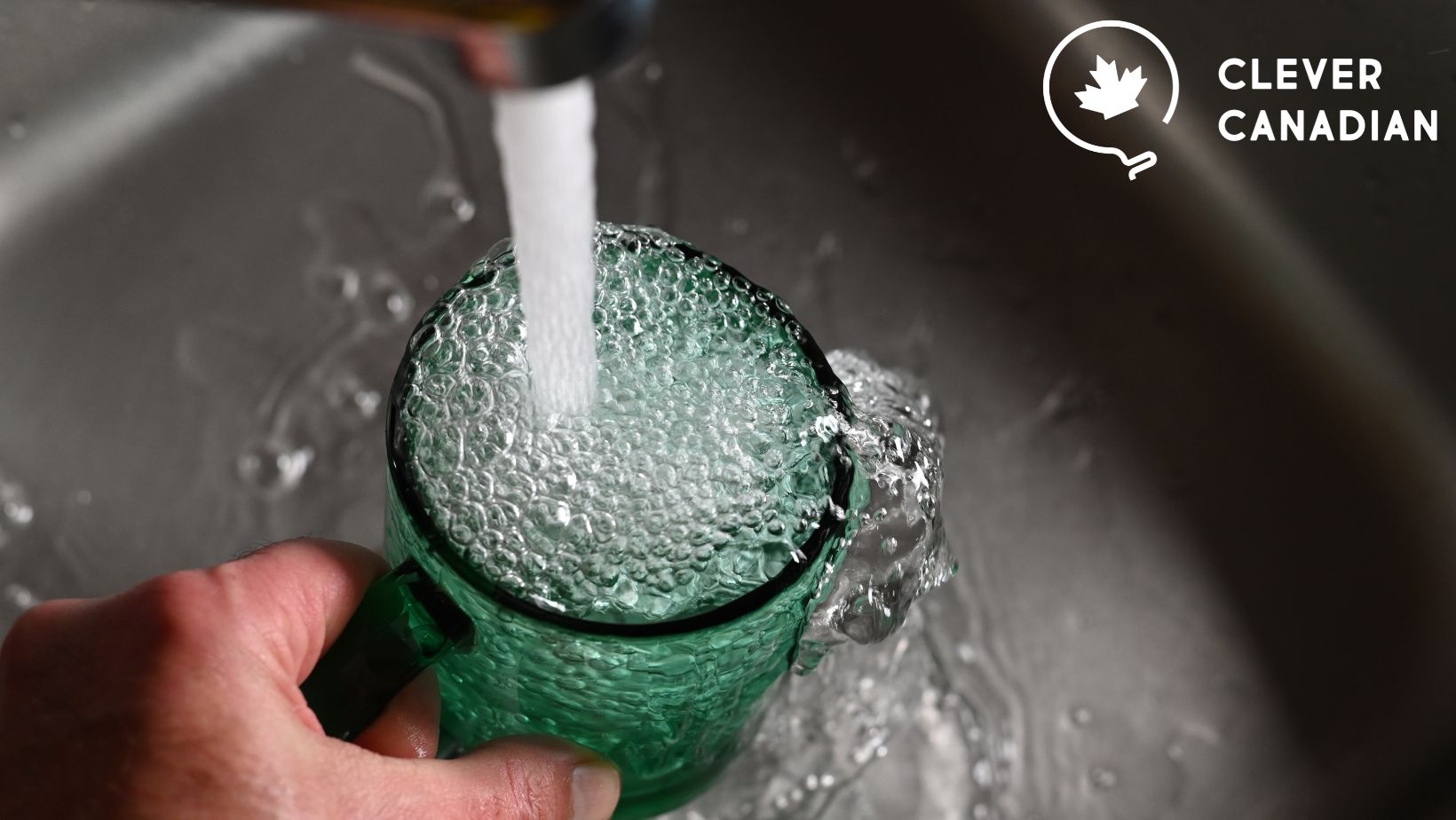
Canada’s Tap Water: Can you drink it?
Is Canada one of the destinations you’re considering for your travels? When you’re a traveller, the real question is if you can drink tap water without running straight to the bathroom!
Don’t let anything ruin your vacation!
So, we looked into various factors to see if Canada’s drinking water is safe, especially if you’re not used to it. By doing so, you can have safe and worry-free access to drinking water during your trip.
Is Canada’s tap water safe to drink?
Canada’s tap water is safe and fit for drinking. The Government has stringent safety standards and imposes strict regulations to oversee the nation’s drinking water quality, ensuring it’s safe for consumption.
What makes Canada’s tap water safe to drink?

Canada has one of the safest drinking water in the world, according to the 2022 DALY Score. The score index denotes the purest and least contaminated water, with 100 being the highest.
Nevertheless, Canada didn’t make it into the top 10, securing the 24th spot with a score index of 88.1. It trailed just behind South Korea, which scored 90.8—a 3.01% difference.
Meanwhile, the following countries took the 1st spot, earning a 100.01 score: Finland, Iceland, Netherlands, Norway, Switzerland, and the United Kingdom. While we still have a ways to go, securing the 24th spot out of 180 countries is pretty good!
So, what makes our tap water safe to drink, exactly?
Health Canada strictly regulates drinking water in the country. It works with the Federal-Provincial-Territorial Committee on Drinking Water (CDW) and other governing bodies.
Moreover, Health Canada, using current scientific research, regularly releases updated publications about drinking water quality.
There’s also what we call Guidelines for Canadian Drinking Water Quality, which is used by every province in the country to ensure we are drinking safe and clean water. This also means municipalities conduct their own water quality testing.
| Canada Drinking Water Guidelines | |
| Microbiological quality guidelines | Examines tiny organisms, such as disease-causing bacteria, protozoa, and viruses. |
| Chemical and radiological quality guidelines | Pertains to chemical contaminants exceeding the established standard levels. |
| Aesthetic quality and operational guidelines | Deals with the water’s taste, odour, and colour. |
For example, Toronto’s drinking water undergoes testing every six hours. That’s more than 6,000 a year!
Furthermore, the city’s water treatment facilities perform more than 20,000 tests yearly. Its four water treatment plants also treat over 1 billion litres of drinking water for its residents.
What’s in our drinking water?
Contrary to popular belief, drinking water is not 100% pure. It’s impossible, actually, because water will always have minerals, bacteria, and other contaminants.
In Canada, we source our drinking water from groundwater (aquifers) or surface sources (lakes and rivers). As a result, it naturally collects various elements along the way.
That doesn’t mean it’s not safe to drink! Canada’s drinking water regulations are in place to actively remove harmful contaminants.
Some of these harmful contaminants are sediments, metals, bacteria, viruses, and protozoa. But it’s important to highlight that not all are bad.
Some are good—and even necessary—for our bodies to consume! For a better look, here’s a table enumerating the common safe elements found in drinking water.
| Essential minerals found in drinking water | |
| Mineral | Importance |
| Sodium | Maintains blood pressure, controls fluid levels, and helps with normal nerve and muscle function |
| Calcium | Important for strong bones and teeth |
| Iron | Good for blood production and boosts immunity |
| Zinc | Fights off infection |
| Potassium | Regulates fluid balance |
| Iodine | Helps with metabolism |
| Fluoride | Prevents cavities |
Who is most vulnerable to water contamination?
While Canada has strict standards and regulations for safe drinking water, plumbing can still affect this. If you’re noticing a strange odour or taste in your water, it may be due to the plumbing system in your own home or building.
Pipes corrode over time, no matter what type you have. It’s naturally occurring since it’s exposed to water, oxygen, and other elements.
Moreover, many Canadian households use water filters to remove potential bacteria, odour, and taste. It’s necessary for some, especially for those vulnerable to water contamination.
Who are the most vulnerable to water contamination?
- Children
- Pregnant women
- Elderly
- Immunocompromised individuals
If you need a water filter, what should you use? Although Health Canada doesn’t recommend specific brands, here are the suggested treatment devices:
| Health Canada Treatment Device Recommendations |
| ANSI/NSF Standard 42: Drinking Water Treatment Units, Aesthetic Effects |
| ANSI/NSF Standard 44: Cation Exchange Water Softeners |
| ANSI/NSF Standard 53: Drinking Water Treatment Units, Health Effects |
| ANSI/NSF Standard 55: Ultraviolet Microbiological Water Treatment Systems |
| ANSI/NSF Standard 58: Reverse Osmosis Drinking Water Treatment Systems |
| ANSI/NSF Standard 62: Drinking Water Distillation Systems |
The treatment devices listed in the table above have met Health Canada’s standards. It also confirms that there are no additional harmful contaminants in the water once used.
Additionally, certification bodies have confirmed the manufacturer’s performance claims as accurate. Furthermore, the Standards Council of Canada updates their list of accredited certification organizations if any changes occur.
But keep in mind that Health Canada strongly recommends following the maintenance instructions of the treatment device. Unclean water filters will affect the water quality as it will get clogged—and can’t do its job properly.
Which places in Canada have the cleanest tap water?

Ontario is known for having the cleanest tap water. The province has the best tasting as well, according to some Ontarians.
As a matter of fact, the Niagara Region (Free Things To Do in Niagara Falls) brought home gold (for the second year in a row) from the 2023 Annual General Meeting Taste Test Competition of the Ontario Water Works Association.
The Water and Wastewater division of the Niagara Region manages an extensive infrastructure, including six water treatment plants, 11 wastewater treatment facilities, and an additional 178 facilities and pumping stations.
This network also has 614 kilometres of underground piping. In total, the division delivers wastewater treatment services to 11 municipalities.
But it’s not exactly a global recognition. That distinction belongs to a small town in BC.
Clearbrook, located in Abbotsford, has earned the best water title in the world for seven years in a row. It earned gold at the Berkeley Springs International Water Tasting, which was held in West Virginia, United States.
The judges of the competition are all certified water tasters. They rated the water’s appearance, aroma, taste, mouth feel, and aftertaste.
The small BC neighbourhood’s water supply comes from the Abbotsford-Sumas aquifer, an underground reservoir that’s 40 metres down.
An aspect that contributes to having the best water supply is there’s no need to put chlorine in because of the aquitard (composed of silt and clay). It acts as a barrier that prevents contaminants from seeping through.
But it’s not the same for all communities in Canada. Many areas still don’t have access to clean and safe drinking water, despite our country being part of the G7.
Does all of Canada have safe tap water?
While tap water in Canada is typically safe for consumption, it still depends on the area. Unfortunately, many First Nation communities still don’t have access to safe tap water.
This has been happening for many years across the country, even spanning decades. That’s despite the many communities located near bodies of water.
During his 2015 campaign, Prime Minister Justin Trudeau pledged to address the drinking water crisis in more than 100 First Nations communities. However, as of 2023, this promise remains unfulfilled.
There are 29 First Nations who have lived with long-term boil-water advisories. The Neskantaga First Nation is one of the many communities that don’t have access to safe drinking water.
For 28 years, they have had to survive and endure a boil-water advisory. It started in February 1995.

The Neskentaga community’s main water source is the Attawapiskat Lake. However, the lake’s water quality is not safe due to elevated levels of organic matter from trees and other vegetation.
In fact, the water is so bad that residents feel the tap is the reason for itching and rashes. Even the government advised them not to use tap water to bathe children and the elderly.
In order to get clean water, they bring jugs to the reverse osmosis machine in a little shed. It often breaks down or is frozen, which results in them relying on bottled water shipments.
Then in 2021, the Courts granted approval for a class-action lawsuit settlement filed by the Tataskweyak Cree Nation, Curve Lake First Nation, and Neskantaga First Nation. It addressed the issue of safe drinking water for First Nations communities.
It was an $8 billion settlement, which includes:
- $1.5 billion compensation for individuals deprived of clean water
- $400 million First Nation Economic and Cultural Restoration Fund will be established
- The commitment of at least $6 billion to ensure consistent access to safe drinking water on reserves
- Proposed modernization of Canada’s First Nations drinking water legislation
Unfortunately, Canada is still not immune to a water crisis. That’s despite being one of the biggest countries, which also has one of the largest renewable water resources per capita in the world.
All about Canada’s Water Crisis
In October 2012, the water supply in Iqaluit, Nunavut (the most remote capital in Canada) was contaminated. The residents complained about their tap water smelling like fuel.
Following this, fuel chemicals were seen on the water’s surface. Then, on October 12, the Nunavut Department of Health issued a “Do Not Consume” water advisory.
Furthermore, the advisory included not using tap water for drinking and cooking. That includes boiled water and filtered water.
Pregnant women, newborns, and infants were also cautioned against using tap water for bathing.
Residents resorted to drastic measures, collecting river water in containers. Local stores also saw their bottled water stocks deplete rapidly, and residents were forced to pay exorbitant prices for a single bottle.
Hydrating in Canada: Tap Water vs. Bottled Water

If you’re visiting Canada for a vacation, should you drink tap water or buy bottled water instead? Which is safer? Canada has strict regulations on tap water. But how does the country oversee bottled water?
Here, bottled water is regulated by Health Canada and the Canadian Food Inspection Agency. It falls under the regulation of food products and must adhere to the Food and Drugs Act.
Furthermore, this act prohibits selling food items containing poisonous or harmful substances. Additionally, the plastic containers used are regulated as materials for food packaging.
Therefore, both tap and bottled water in Canada are safe for consumption.
But if tap water is generally safe to use in Canada, why do we still purchase bottled water?
One is due to convenience. Bottled water is available almost anywhere, and it’s easier to buy one at the gym or on the way to work.
Some also prefer the taste of bottled water. For example, some individuals have claimed that alkaline water is smoother than tap water.
Another example is during late summer and early fall in Toronto (Things To Do In Toronto). The city’s water changes in taste. It’s not a cause for worry, as it happens every year.
Algae also occurs in Lake Ontario, which is where Toronto gets its drinking water supply. Residents have purchased water filters due to the “funny” taste they’re not used to.
You can also buy bottled water instead, but in recent years, bottled water in Canada has continued to increase in price. It’s not that water is expensive, but more so on the business side of things.
Moreover, companies take into account the expenses associated with the production, transportation, and marketing of bottled water. With Canada’s rising costs, citizens are financially struggling with every grocery store trip.
Is Canada’s tap water safe to consume when travelling?

When travelling to another country, your body may not be accustomed to the impurities and minerals present in the water. Each country will have their own regulations and standards.
As Canadians, we may not be familiar with the water composition present in US tap water. The same applies to Americans travelling to the Great White North.
Before travelling, it’s recommended to check the Government of Canada’s Travel Advisories. Most hotels also display warning signs advising travellers against drinking tap water.
When in doubt, it’s best to purchase bottled water, especially when travelling. You don’t want to ruin what should be a perfect vacation!
